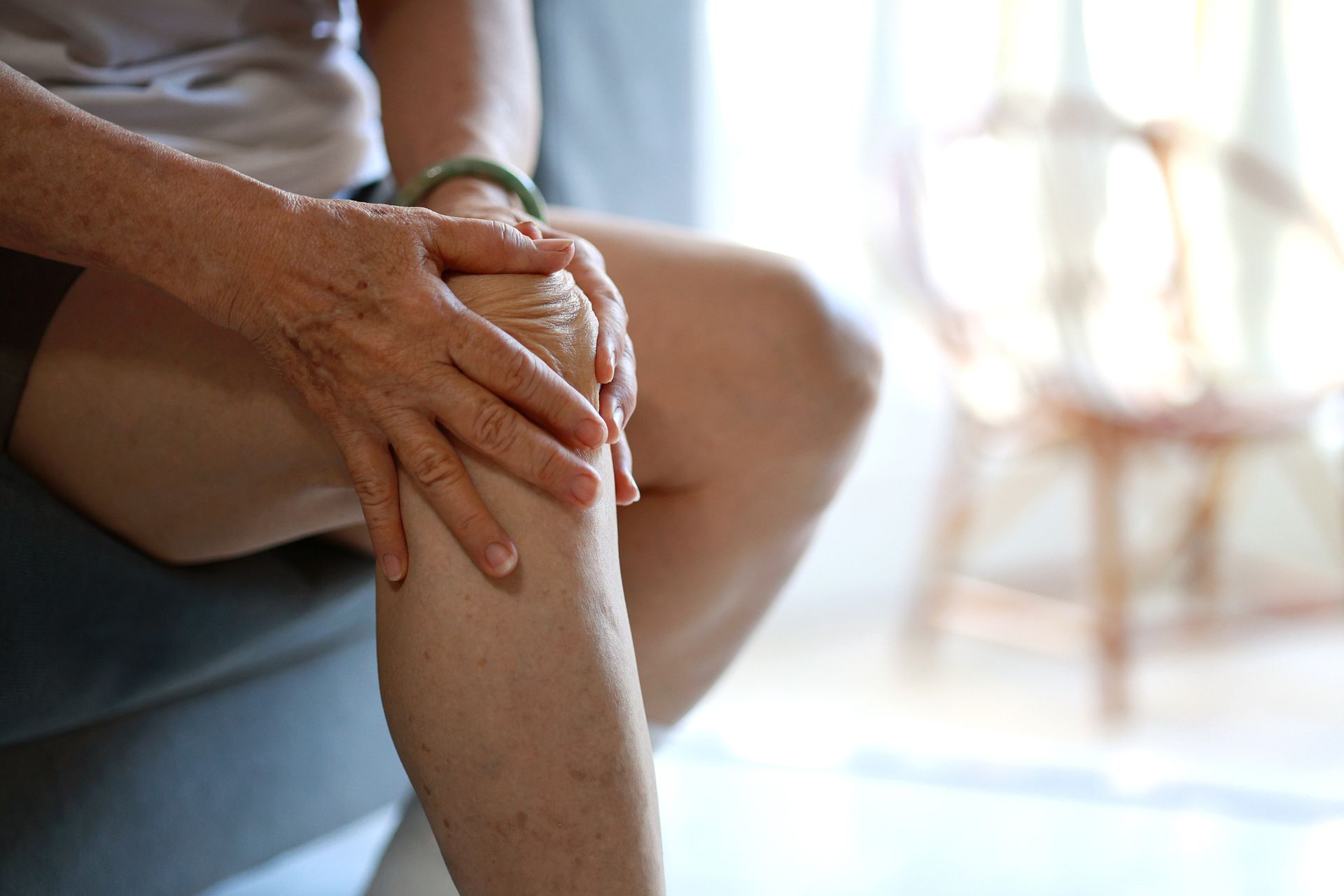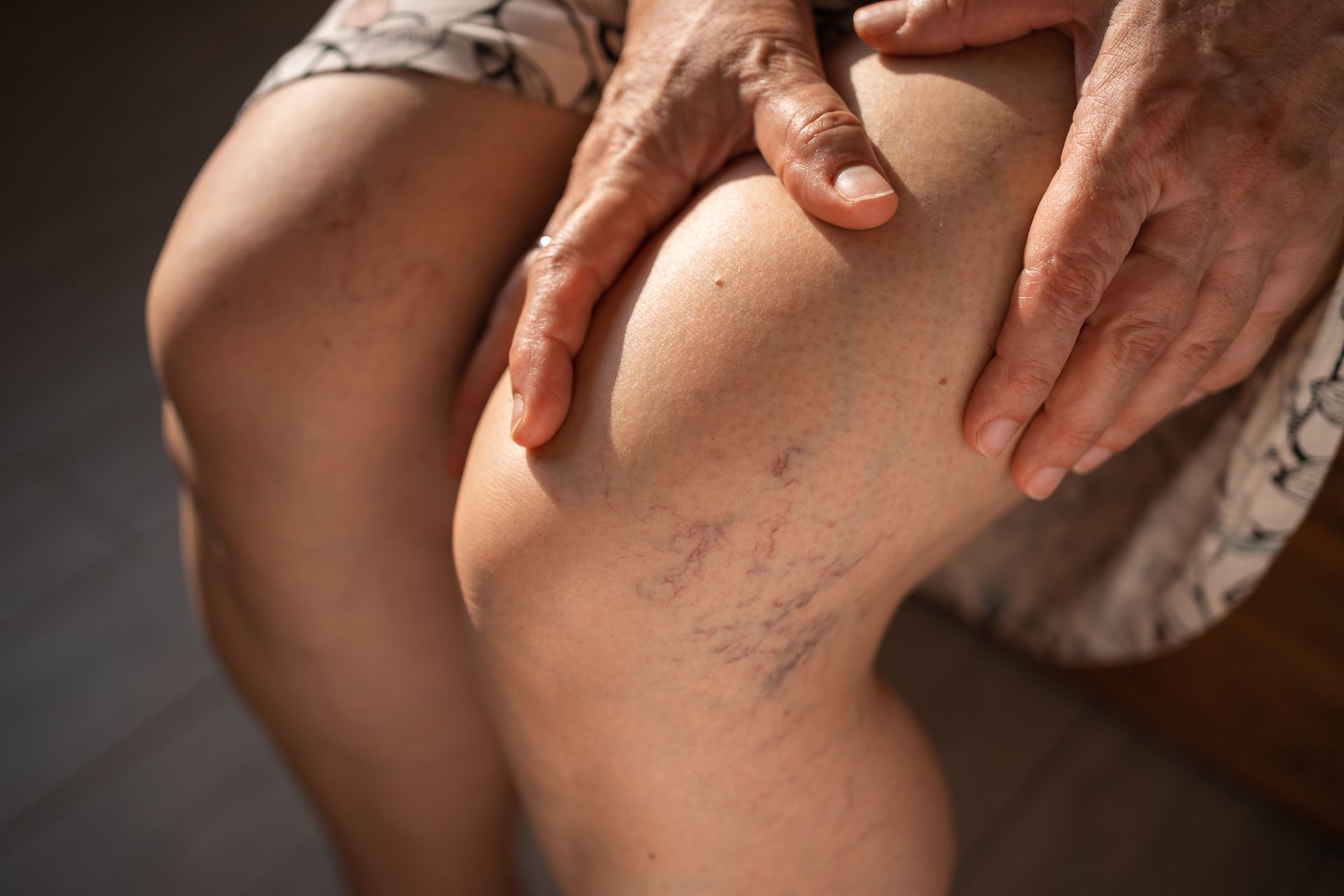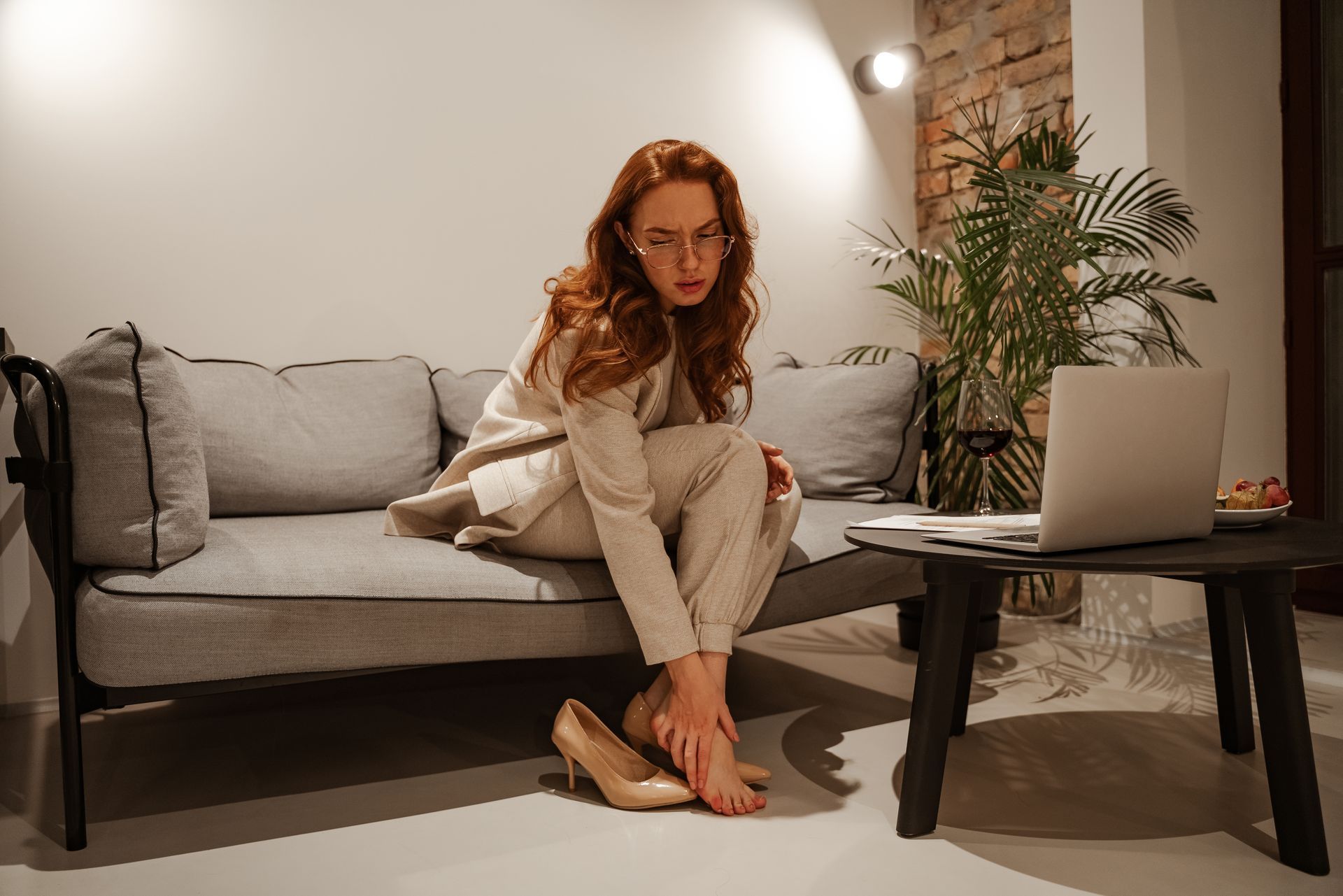Understanding the Different Treatments for Varicose and Spider Veins
Understanding the Different Treatments for Varicose and Spider Veins
Varicose veins and spider veins are not only a cosmetic concern, but they can also lead to discomfort and more serious health issues if left untreated. Fortunately, several effective, minimally invasive procedures can help treat these conditions. At The Vein Institute, we specialize in providing state-of-the-art treatments for varicose and spider veins in Chattanooga, TN, to help you achieve smoother, healthier legs. In this blog, we'll take a closer look at some of the most popular treatments available, how they work, their benefits, and what you can expect during and after the procedures.
1. Laser Ablation (Endovenous Laser Treatment - EVLT)
How It Works: Laser ablation, also known as Endovenous Laser Treatment (EVLT), uses laser energy to treat varicose veins. During the procedure, a thin catheter is inserted into the affected vein, and a laser is directed through the catheter to deliver heat to the vein walls. This heat causes the vein to collapse and seal off, preventing blood from flowing through it. The body will naturally reroute blood to healthier veins over time.
Benefits:
- Minimally invasive: No need for large incisions, only small punctures.
- Quick recovery: Most patients return to their regular activities within a few days.
- Precise and effective: EVLT targets and treats specific veins without affecting surrounding tissue.
- Long-lasting results: The treated vein will be permanently sealed off.
What to Expect:
- The procedure is typically performed under local anesthesia, so you'll be awake but comfortable.
- The treatment usually lasts between 30 to 60 minutes, depending on the number of veins being treated.
- After the procedure, you may experience mild bruising or swelling, but these side effects typically subside within a few days to weeks.
2. Ultrasound-Guided Sclerotherapy
How It Works: Ultrasound-guided sclerotherapy is a non-surgical treatment that uses a specialized sclerosing agent injected directly into the affected vein. The solution irritates the vein’s lining, causing it to collapse and eventually be absorbed by the body. Ultrasound imaging is used to guide the injections, ensuring accurate placement of the solution.
Benefits:
- Non-invasive: No incisions or surgery required.
- Precision: Ultrasound guidance ensures targeted treatment of the vein.
- Effective for smaller veins: It’s especially useful for treating spider veins and smaller varicose veins.
- Minimal downtime: Most patients can resume daily activities immediately after the procedure.
What to Expect:
- The procedure involves multiple small injections into the veins, which may cause a mild stinging sensation.
- After the procedure, you may experience mild bruising, swelling, or redness, but these effects typically resolve within a few weeks.
- Compression stockings may be recommended to help support the veins during the healing process.
3. Radiofrequency Ablation (RFA)
How It Works: Radiofrequency ablation (RFA) uses radiofrequency energy to treat varicose veins. A catheter is inserted into the vein, and radiofrequency energy is applied to the vein wall. The heat from the energy causes the vein to collapse and seal shut. Like laser ablation, RFA allows blood to be redirected to healthier veins.
Benefits:
- Minimally invasive: No large incisions are required, and the procedure can be done with local anesthesia.
- Quick recovery: Most patients can return to their regular activities soon after the procedure.
- Precise treatment: RFA targets the damaged veins without affecting surrounding tissue.
- Long-term results: Once the vein is closed, it will not reopen.
What to Expect:
- The procedure typically takes 45 to 60 minutes, depending on the number of veins being treated.
- Mild discomfort may be experienced during the procedure, but local anesthesia ensures minimal pain.
- After the procedure, you may experience mild bruising or swelling, but these side effects typically fade over time.
4. Varithena (Polidocanol Foam)
How It Works: Varithena is an injectable foam treatment designed to treat varicose veins. The foam, which is made from a medication called polidocanol, is injected directly into the affected vein. The foam works by causing the vein to collapse, after which it is absorbed by the body. Over time, blood is redirected to healthier veins, and the treated veins fade from view.
Benefits:
- Non-invasive: No incisions or general anesthesia required.
- Quick procedure: The treatment typically lasts around 30 minutes.
- Effective for a variety of veins: Varithena works well for both small and larger varicose veins.
- Minimal downtime: Most patients can resume normal activities immediately after the procedure.
What to Expect:
- The foam is injected into the vein, and while you may feel a mild sensation during the injections, the procedure is generally well-tolerated.
- After treatment, you may experience mild swelling or bruising, but these symptoms typically subside within a few days to weeks.
- Compression stockings are often recommended to aid in the healing process.
Why Choose Minimally Invasive Treatments?
Minimally invasive treatments for varicose and spider veins offer a range of benefits, including:
- Faster recovery: Since these procedures are non-surgical, patients experience less downtime and can return to their daily activities sooner.
- Less discomfort: With local anesthesia and minimal incisions, the risk of pain and scarring is significantly reduced.
- Effective results: These treatments have a high success rate in improving both the appearance and symptoms of varicose and spider veins.
- Long-term improvement: Many of these procedures provide lasting results, eliminating the need for frequent touch-ups or repeated treatments.
Conclusion
If you’re dealing with varicose veins, spider veins, or other vascular issues, it’s important to seek professional care as soon as possible. The Vein Institute in Chattanooga, TN, offers a variety of advanced, minimally invasive treatments designed to improve both the appearance and health of your veins. Whether you're considering laser ablation, ultrasound-guided sclerotherapy, radiofrequency ablation, or Varithena, our experienced team can help you determine the best option for your individual needs.
Schedule a consultation today to learn more about how we can help you achieve healthier, more comfortable legs. Take the first step toward vein relief and improved confidence!


